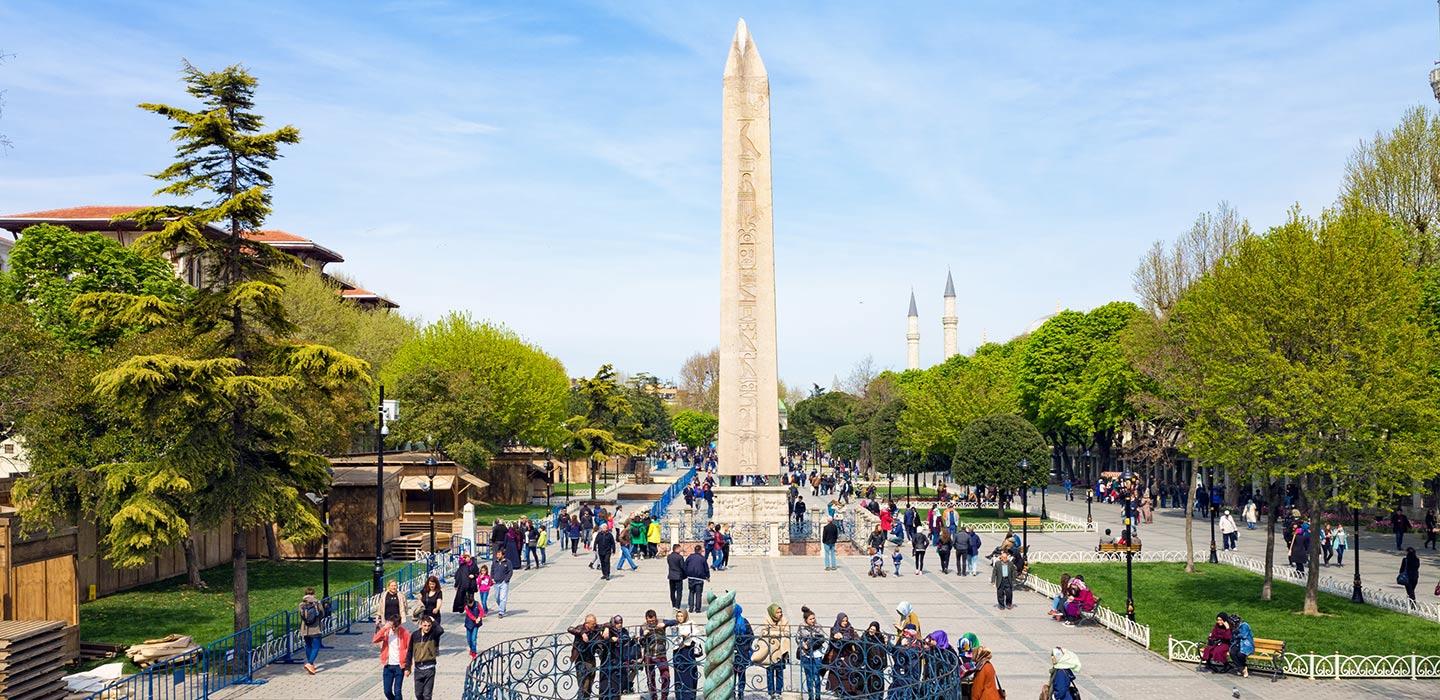
The Hippodrome of Constantinople
The Byzantine emperors relished an afternoon of chariot racing, and their preferred location was this rectangular stadium next to Sultanahmet Park. It was adorned with sculptures and obelisks during its heyday, some of which are still visible today. It is one of the city's most well-liked promenades and gathering spots after being relandscaped more recently.
The arena's original structure had starting boxes, a central spine, two levels of galleries, and a semicircular southern end called the Sphendone, some of which are still visible today. A large number of the original columns were utilized in the construction of the Süleymaniye Mosque, but the galleries that previously crowned this stone edifice were damaged during the Fourth Crusade and ultimately completely removed during the Ottoman Empire.
The competing chariot teams known as the "Greens" and "Blues" during Byzantine times had different sectarian ties. A team triumph had a significant influence on policy, and support for a team was comparable to belonging to a political party. Sometimes, as in AD 532 when demonstrations against Justinian's heavy tax policy disrupted a chariot event, Greens and Blues allied against the emperor. Following the protesters' cry of Nika!, or Victory!, this turned into the Nika riots, which resulted in the massacre of tens of thousands of protesters in the Hippodrome by imperial forces.
Naturally, after that chariot racing was outlawed for a period. Sultans of the Ottoman Empire also watched what was going on at the Hippodrome. If things were going badly in the empire, a cranky mob gathering here may signal the start of a disturbance, then a riot, and eventually a revolution. Here, in 1826, the reformer Sultan Mahmut II massacred the dishonest janissary corps, who served as the sultan's personal bodyguards. Abdül Hamit II was deposed in this location as a result of rioting in 1909.
Markers of the Constantinople Hippodrome
Constantinople collected artworks from all over the world and decorated the Hippodrome with them in order to further boost the reputation and status of the new city. As successive emperors took over, more and more uncommon and distinctive buildings were erected to those that previously existed because each emperor sought to establish his name and public image by enhancing the Hippodrome in some way. The Walled Obelisk, The Status of Porphyrios, The Obelisk of Thutmose III, and The Serpent Column are a few of these embellishments. Here are some entertaining & fascinating details about them:
The Thutmose III Obelisk
One of the most noteworthy buildings at the Hippodrome even today is the obelisk built by Emperor Theodosius the Great. The obelisk was imported from Egypt by the monarch and placed on the racetrack. Where it was first built by the emperor Theodosius is where you can still see the top portion of the obelisk sill. Over three thousand years later, the Obelisk is still in astoundingly good shape.
Customize the adventure of a lifetime with our Tailor-make options.
Condition of Porphyrios
In honor of Porphyrios, a great charioteer who competed for both the Green and the Blue teams during his lifetime, the status of Porphyrios was placed on the hippodrome's spine. Only the bases of two of the seven sculptures remained, and you can still see these two stumps on display in the Istanbul archaeological museum.
Serpent Column
The Serpent of Column, originally known as the Tripod of Plataea, was built to commemorate the Greek victory over the Persians in the Persian Wars of the fifth century. Constantine then gave the order to transport the Tripod from the Apollo temple in Delphi to the center of the Hippodrome. A golden bowl supported by three snake heads served as the tripod's base. Only the tripod column survived and is now on display; the snake head and the bowl were both destroyed around 1700.
Discover the Blend of Ancient Roman & Turkish History with our Turkey Tour Packages starting at 389$.
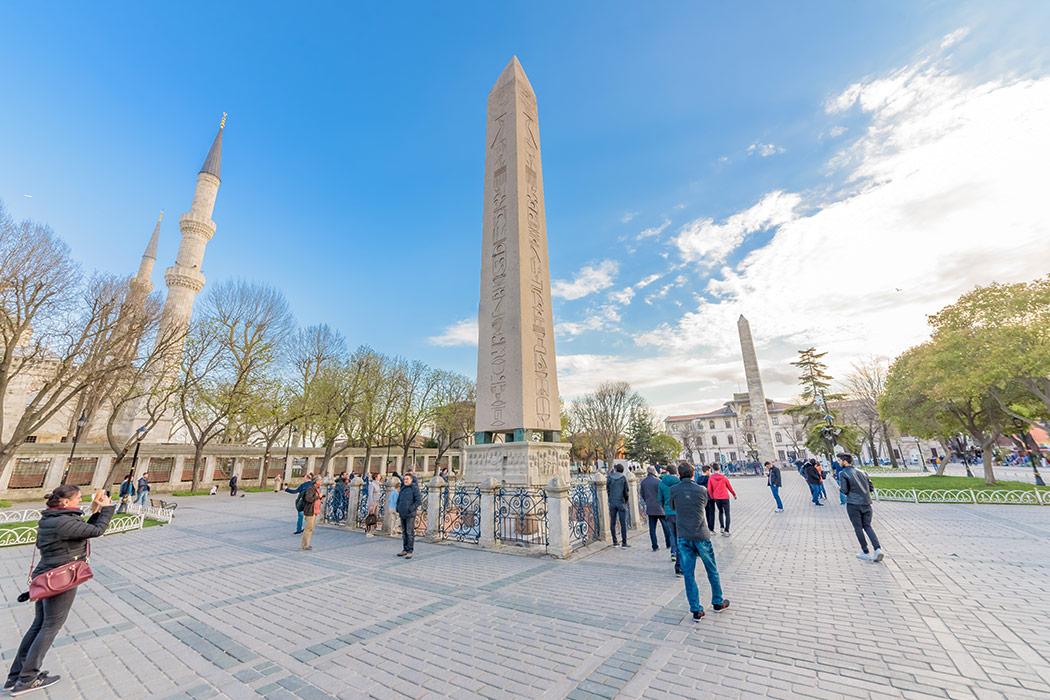
Hippodrome of Constantinople is presently one of the most popular tourist attractions of Turkey today. Although some of its structures have been destroyed and have gone missing over time, there are still a lot of amazing things to see and explore. A lot of interesting materials have been excavated by archeologists over time, and these materials can still be seen in Istanbul’s museums.
History of the Hippodrome
The arena was built by the emperor initially in AD 203 by Emperor Septimius Severus who used it for chariot races, horse races, public festivals and also public execution of the emperor’s enemies. In AD 324, Emperor Constantine decided to move the capital of Rome to Byzantium. To do this, he had to carry out major renovations in Byzantium and one of these major renovations was carried out on the Hippodrome. The hippodrome was upgraded so that its newfound beauty would suit the status of the city. After the renovation, the Hippodrome was estimated to be about 450m long and 130m wide. Its stand was also said to be able to hold 100,000 spectators, all in one time.
The Hippodrome was the center of the city social life; it was used for various occasions such as the lavish circumcision ceremony of the sons of Sultan Ahmed III. It can also be observed from the miniature paintings & figurines of the Hippodrome that the arena was once a magnificent and very beautiful place. Although the structures do not exist anymore in the square, the present Sultanahmet square largely follows the ground plan and dimension of the once-great Hippodrome.
Discover the Blend of Ancient Roman & Turkish History with our Turkey Tour Packages starting at 389$.
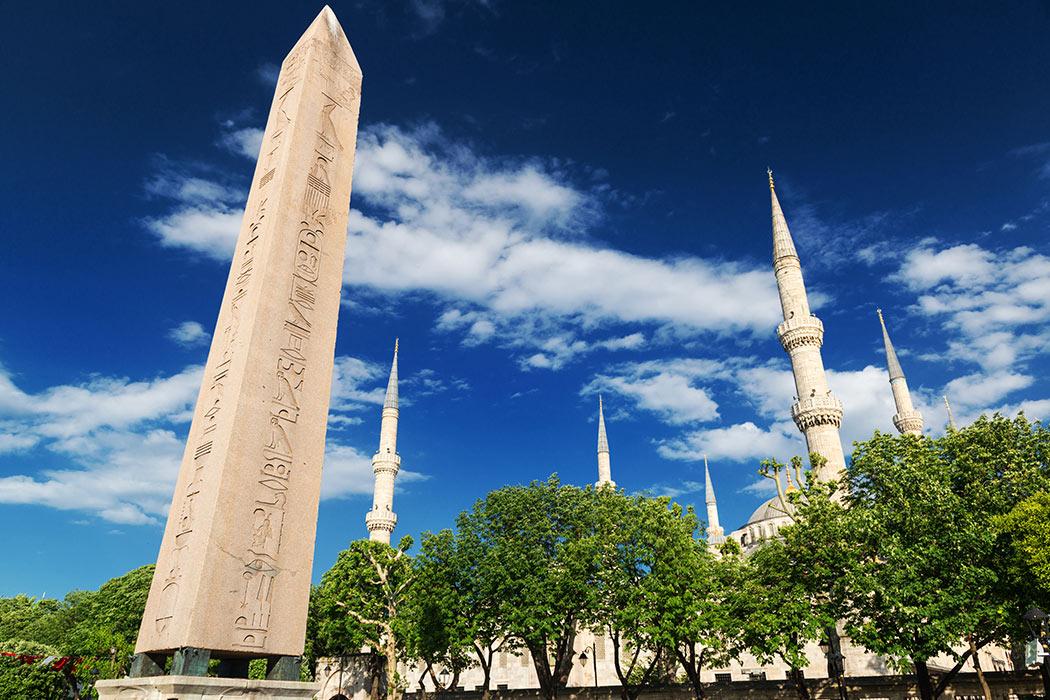
Travel Advice
Capture your camera with you when you visit the Hippodrome of Constantinople since there are several fantastic locations where you may take excellent shots. Additionally, take care not to harm any buildings or artifacts you come across at the location, and make sure you adhere to any instructions your tour guides may have given you.
Match the allure of Turkey with the passion of Spain with our Turkey and Greece Tours.
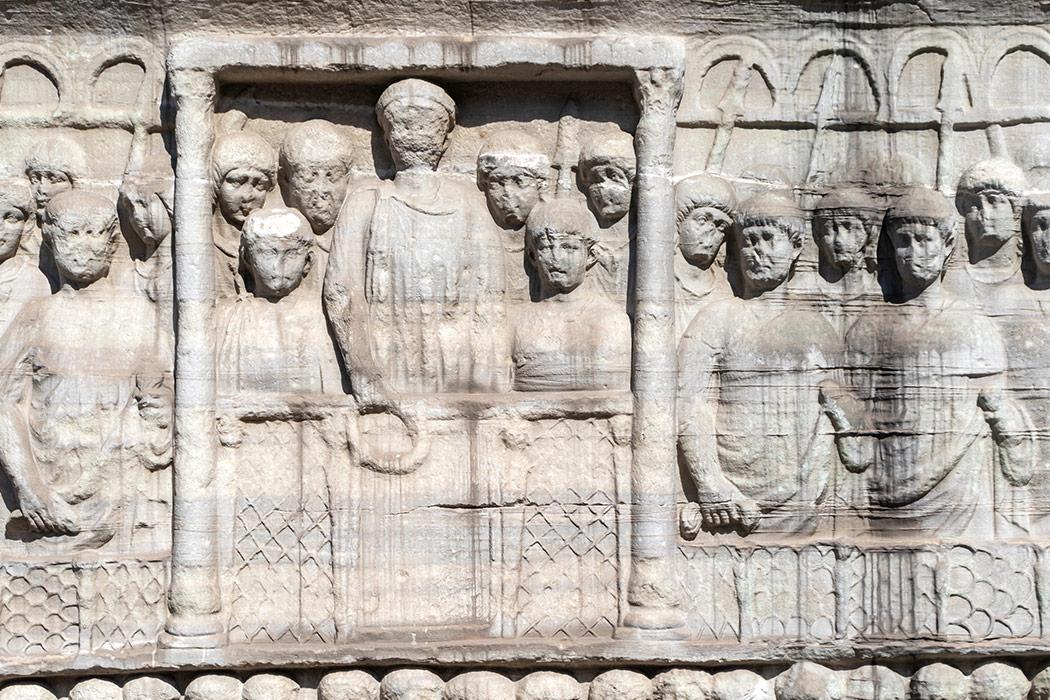
What was the Hippodrome of Constantinople used for?
Although a lot of activities took place in the Hippodrome, the major activities that took place in the arena where horse and chariot races. These races that were usually completed on the tracks of the hippodrome usually involved eight chariots powered by four horses each. These racers were divided into four different teams each of which tried to secure the win for its rider during the race, the teams were The Blues (Veneto), The red (Rousioi), The Whites (Leukoi) and The Greens (Prasiniol). These teams were not just the mighty champions of the Hippodrome; they gradually grew in power until they became a sort of political party that dabbled in the affairs of the rich & poor of the empire equally. The red and the Whites gradually weakened in strength and as time went on, they were absorbed by The Blues and The Green. In fact, Emperor Justinian I of Constantinople was a Blue.
Also, the arena served some other functions other than hosting the sports activities that it was primarily built for. It served as a medium through which the emperor met with the people, engaged with them & tapped into the heartbeat of the public. During races, people would often shout out their political demands to the Emperor who was always present at such races. The king also flaunted his wealth and riches during these races, occasionally giving out money and gifts to people during these gatherings.
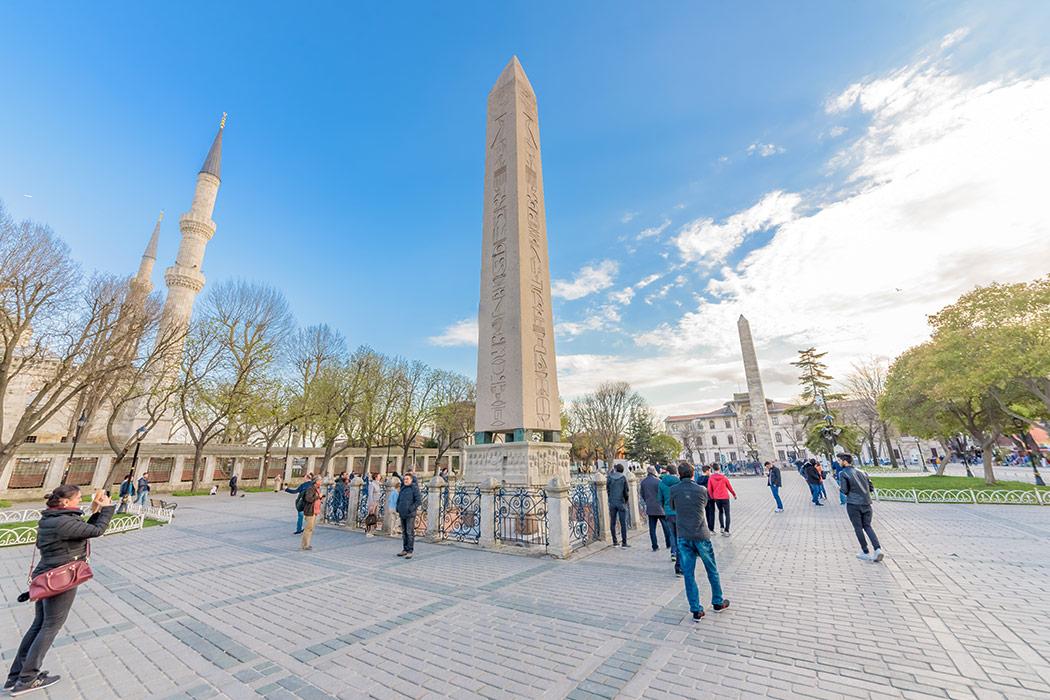
Landmarks of the Hippodrome of Constantinople.
To further elevate the popularity and status of the new capital, Constantinople brought artworks from places all over the world and beautified the Hippodrome with them. As new emperors came into power, more and more rare and unique structures were added to the already existing ones as each emperor wanted to cement his name & public image through adding another element of magnificence to the Hippodrome. Some of these additions include The Walled Obelisk, The Status of Porphyrios, The Obelisk of Thutmose III and The Serpent Column. Here are some fun & interesting facts about them:
The Obelisk of Thutmose III
Emperor Theodosius the Great was erected an obelisk which is one of the most notable structures of the Hippodrome till this very day. The obelisk was brought in by the emperor from Egypt and it was erected in the racing track. the top section of the obelisk sill survives and can be found where it was initially erected by the emperor Theodosius. The Obelisk has survived more than 3000 years and it is still in astonishingly good condition.
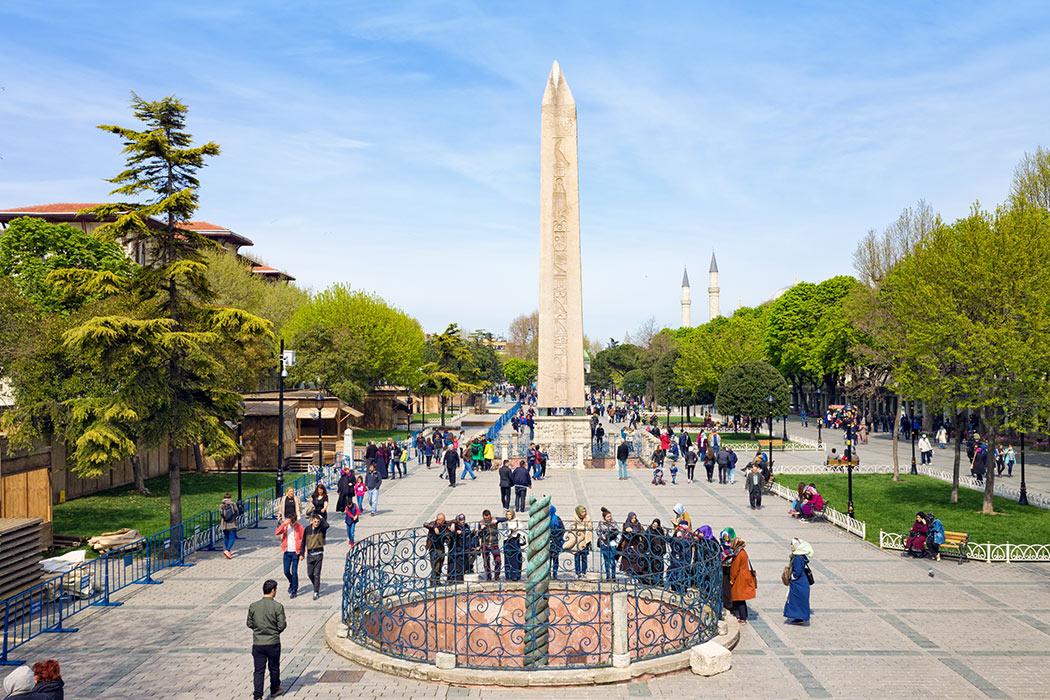
The Serpent Column
Initially called the Tripod of Plataea, the Serpent of Column was erected to celebrate the defeat of the Persians by the Greeks during the Persian Wars of the 5th century. Constantine then ordered that the Tripod be moved from the temple of Apollo at Delphi to the middle of Hippodrome. The tripod was made up of a golden bowl supported by three serpent heads. The serpent head and the bowl were destroyed in 1700 and just the tripod column was the only part that survived & is currently on display.
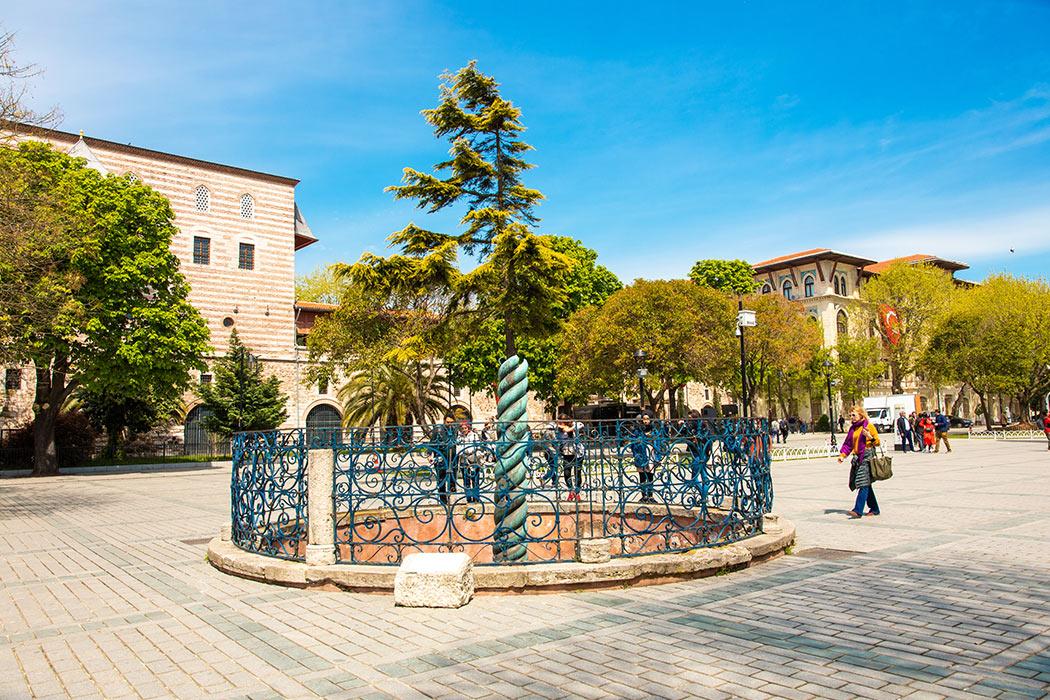
Customize the adventure of a lifetime with our Tailor-make options.
Best Time to Visit the Hippodrome of Constantinople
If you are planning to visit the wonderful Hippodrome of Constantinople, then it would be best for you to visit around March to May and between September and November. At these times, the city will be less crowded and the room rates will be relatively low. Also, the weather is Extremely pleasing, giving you the opportunity to enjoy your trip to the fullest.
Travel Tips
As you visit the hippodrome of Constantinople, take your camera with you as there are some wonderful spots for you to take very good pictures. Also, Be careful not to cause any damage to any structure and artifacts you find at the site and ensure you follow the instruction given to you by your travel guides.
related tours
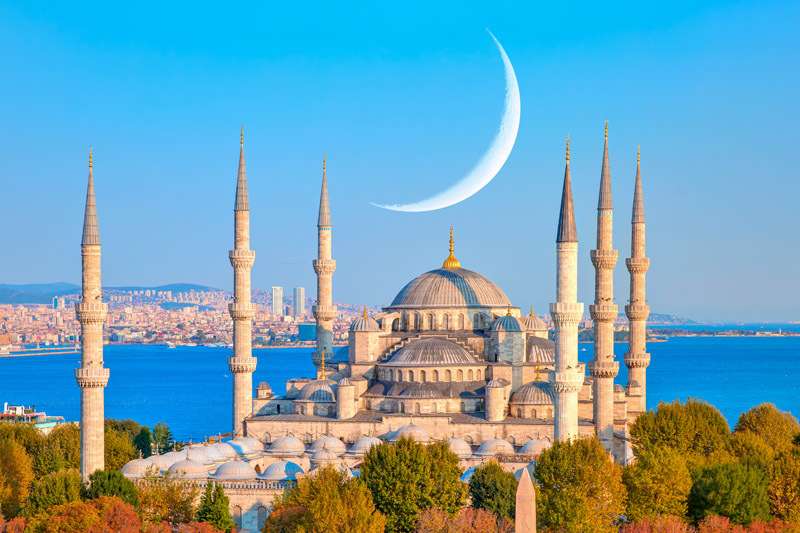
Turkey, Egypt & Jordan Majestic Tour
18 Days / 17 Nights
From
$ 3605
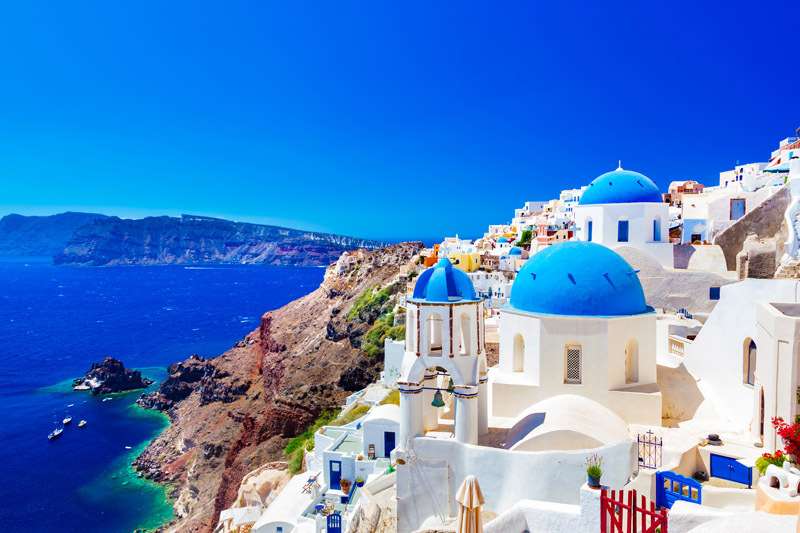
Turkey and Greece Landmark Tour
15 Days / 14 Nights
From
$ 2890
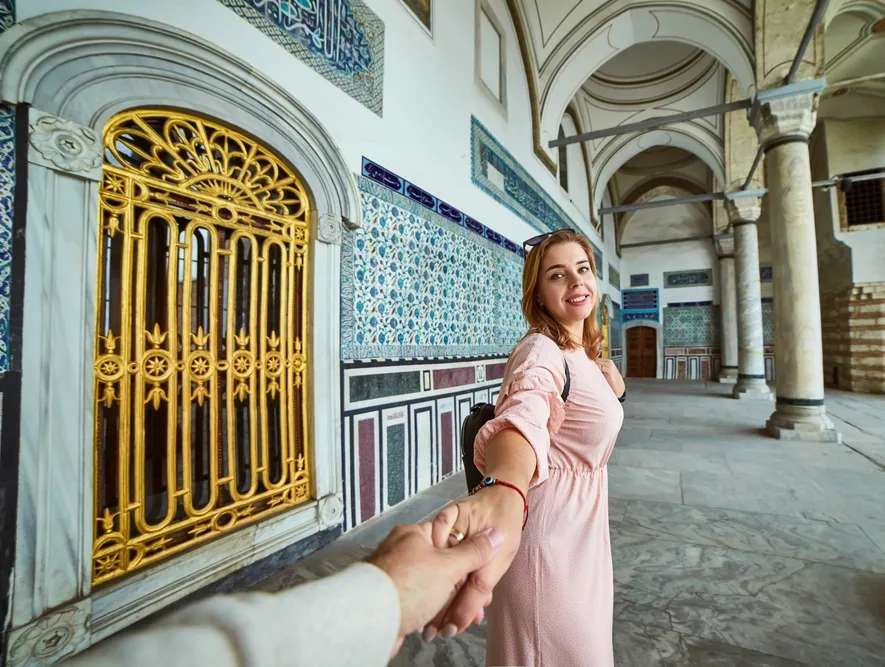
Turkey Trave Packages: Istanbul City Break Vacation
4 Days / 3 Nights
From
$ 470
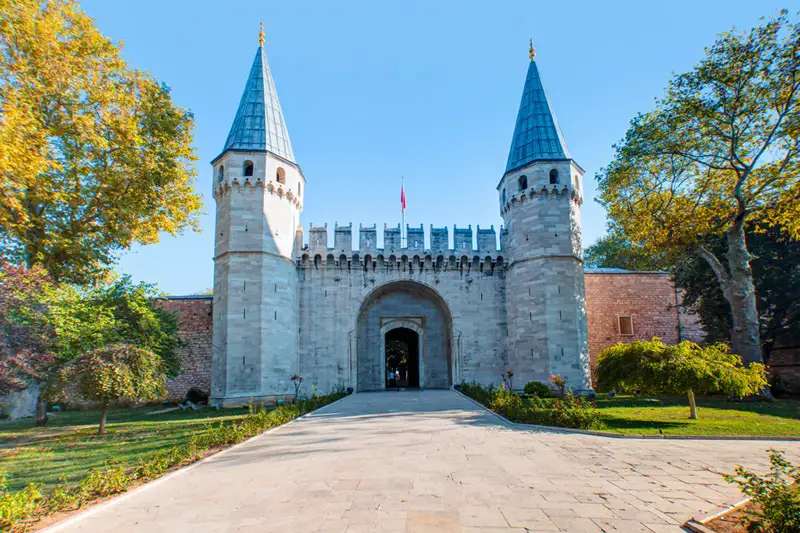
Istanbul Travel Package
5 Days / 4 Nights
From
$ 787

Turkey Travel Packages: 6-Day Istanbul & Cappadocia Tour
6 Days / 5 Nights
From
$ 1020
